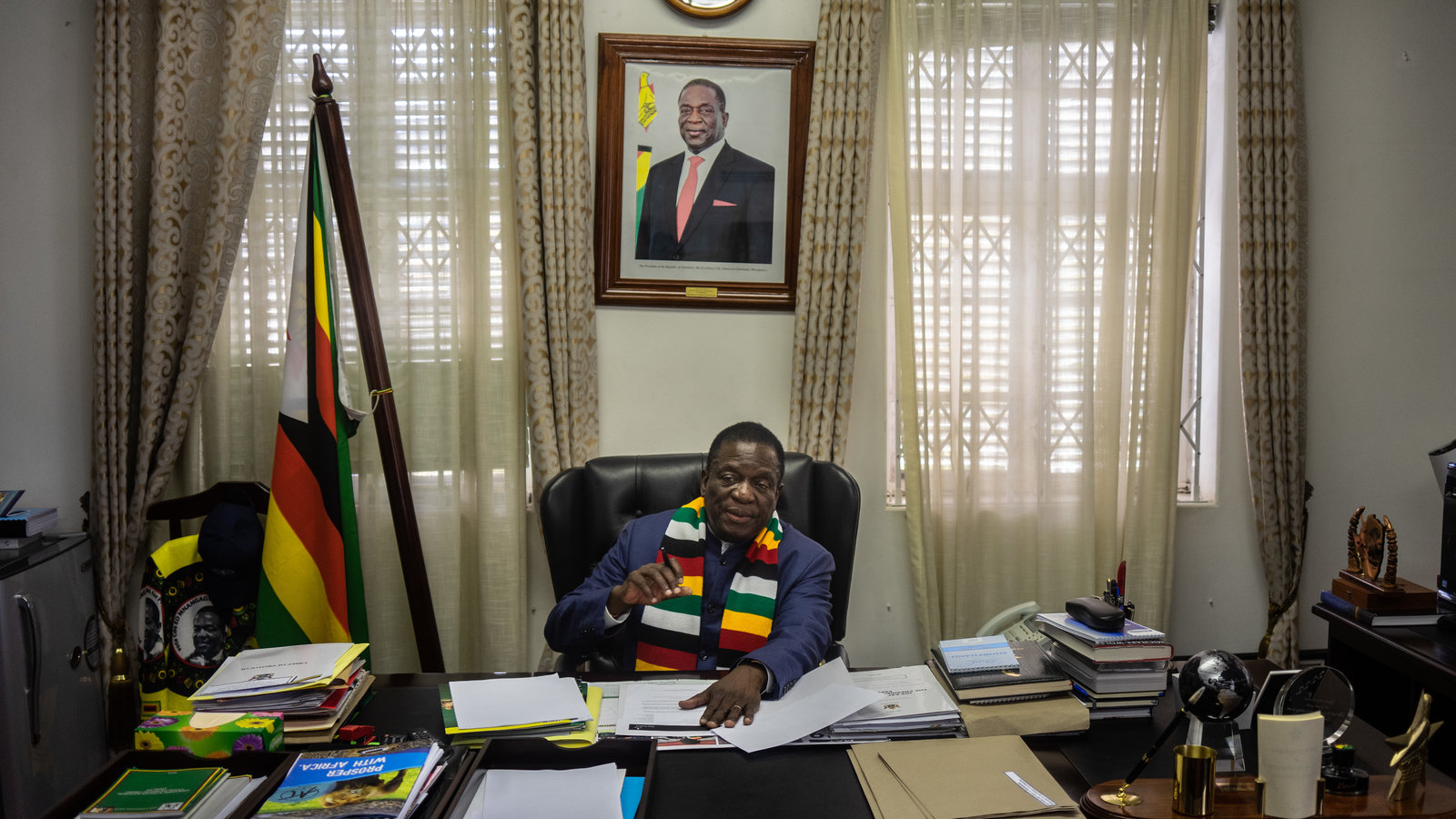President Emmerson Mnangagwa's Office had already spent 81 percent of its 2025 budget by the halfway mark of the year, while the Ministry of Transport and Infrastructural Development exceeded its full-year allocation, spending 116 percent by June, according to figures in the 2025 Mid-Term Budget Review tabled in Parliament last Thursday.
Finance Minister Prof Mthuli Ncube told MPs that government expenditure in the first six months reached ZiG98 billion, equivalent to 35 percent of the national budget. However, the spending patterns reveal wide disparities - with some ministries overshooting their allocations while others remain significantly underfunded.
The transport ministry had a full-year budget of ZiG5.4 billion but had spent ZiG6.3 billion by June, largely due to capital-heavy projects such as the Trabablas Interchange in Harare and preliminary works on the Bulawayo–Victoria Falls Road.
The Office of the President and Cabinet (OPC) budgeted ZiG10.6 billion and had already spent ZiG8.5 billion by June. Its utilisation includes funding for the Central Intelligence Organisation (CIO), vehicle procurement, and empowerment initiatives for war veterans.
Other big spenders include the Ministry of National Housing and Social Amenities, which had used 64 percent of its allocation. The Ministry of Defence had spent 33 percent, while the Ministry of Home Affairs had utilised 35 percent. Combined, defence and home affairs received ZiG33.8 billion, largely directed towards salaries, operational costs, and security infrastructure maintenance.
Debt servicing and pensions also remain major cost drivers. Interest payments reached ZiG2.5 billion - 45 percent of the year's projection - while pensions consumed ZiG9.4 billion (also 45 percent).
By contrast, key social sectors are lagging behind. The Ministry of Health and Child Care has spent only 25 percent of its ZiG27.8 billion allocation. Primary and Secondary Education spent 31 percent, Higher and Tertiary Education 31 percent, and the Public Service Ministry - responsible for social welfare - just 24 percent.
Oversight institutions are also underfunded, with the Audit Office spending only 10 percent of its allocation, raising concerns over its capacity to monitor large government expenditures.
While Prof Ncube assured Parliament that the budget is being implemented "within approved levels," critics argue that the skewed disbursement reflects politically driven frontloading - where infrastructure, the presidency, and security sectors receive priority funding, while health and education are left waiting.
"Transport and the presidency get early cash to fund ribbon-cutting. Health and education are always told to wait for the third or fourth quarter," opposition MP Discent Bajila said.
The spending imbalance is expected to fuel debate over fiscal priorities ahead of the 2026 budget planning process.
- zimlive
 Brig General Mzheri declared national hero
Brig General Mzheri declared national hero  Starlink plans to go big in South Africa
Starlink plans to go big in South Africa  India dumps US Treasury bills
India dumps US Treasury bills  Zimbabwe's dollar stock exchange surges 45%
Zimbabwe's dollar stock exchange surges 45%  Gold edges up as traders await guidance
Gold edges up as traders await guidance  Gold shatters $4,000 milestone
Gold shatters $4,000 milestone  Young Investment Professional (YIP) Graduate Programme 2019
Young Investment Professional (YIP) Graduate Programme 2019 











 Young Investment Professional (YIP) Graduate Programme 2019
Young Investment Professional (YIP) Graduate Programme 2019
Editor's Pick